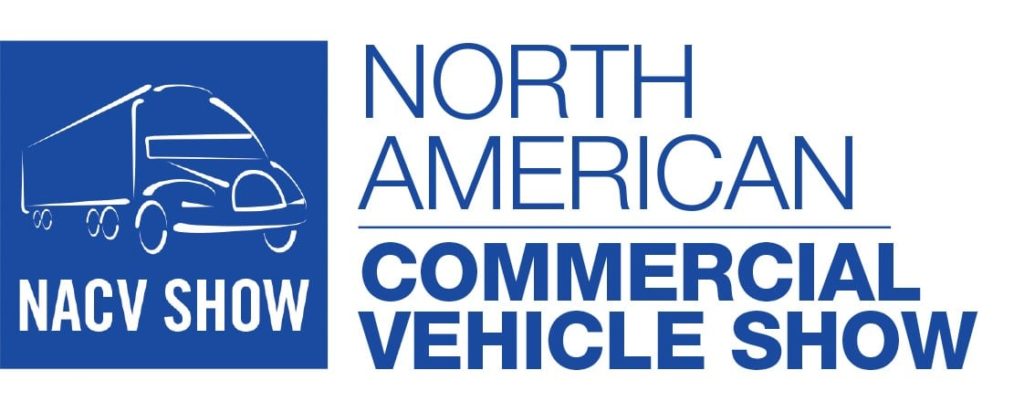MotorIndia Sponsors Commercial Vehicle Webinar
MotorIndia Magazine, one of India’s leading publications devoted to commercial vehicles, recently held an important panel discussion on the state of the country’s CV industry.

The live webinar panel discussion June 3, 2020, was moderated by Jinal Shah, Regional Director-South Asia, for Power Systems Research.
Shah began with a market prediction of a 45-50% drop in CV sales in 2020 over 2019 figures, necessarily taking the industry back by a decade in terms of progress. While touching upon a clutch of challenges plaguing the CV industry, he claimed the scenario as ‘VUCA’ (short for volatility, uncertainty, complexity, and ambiguity) in nature – a new normal that we have to accustom to.
“The world is no different. The global CV industry will also see lower demand and output in the short to medium term, which makes it all the more imperative for the domestic industry to become more competitive and grab as much as opportunities,” he said.
At the same time, Shah said, change and uncertainties have always been part of the CV landscape, yet the time frame available for stakeholders to adapt and thrive has shortened recently. “Times like that of COVID-19 have exposed numerous susceptibilities across the value chain that warrants a 360-degree overhaul,” he said.
Other leading industry executives participating in the panel were Anuj Kathuria, Chief Operating Officer, Ashok Leyland; Jayant Davar, Founder, Co-Chairman and MD, Sandhar Technologies; Sushil Rathi, COO (Transport and Procurement), Mahindra Logistics, and Siddharth Bhandari, Chairman of Federation of Automobile Dealers Association (FADA) – Bengal Region, and CEO, Bhandari Automobiles.
In his closing remarks, Shah said all stakeholders should become a change catalyst themselves, and should not wait for the external demand drivers to turn positive. Becoming competitive and collaborative is
paramount, he said, thereby focusing more on solutions
for the challenges.
“Our businesses have to move from build-to-print models to innovation and R&D-driven enterprises,” he said. “Since the traditional demand drivers are not promising, we need to do a lot internally as an industry to move beyond the uncertainties to make a winning strategy.”
This is neither the first nor the last crisis for this industry, he said, but a crisis of this kind cannot be wasted without gaining good experiences
and key learning. “We have to stop playing individually, but join others to perform a symphony to make the difference,” he added.
Watch the full panel discussion in MOTORINDIA’s YouTubechannel – www.youtube.com/motorindiamagazine. https://www.youtube.com/watch?v=csXrR0NqKTk PSR






